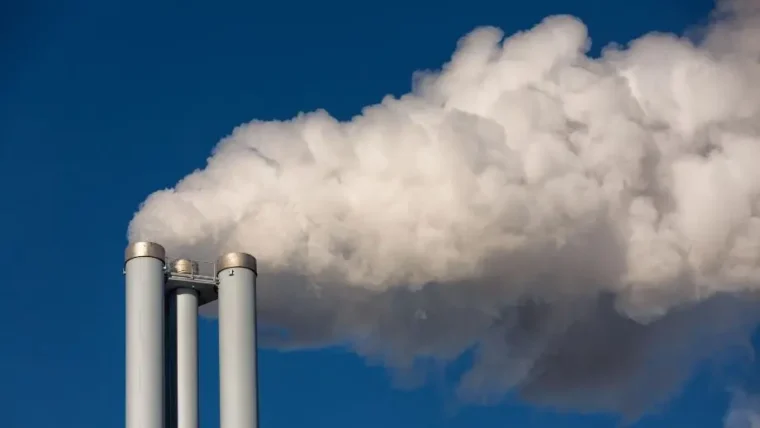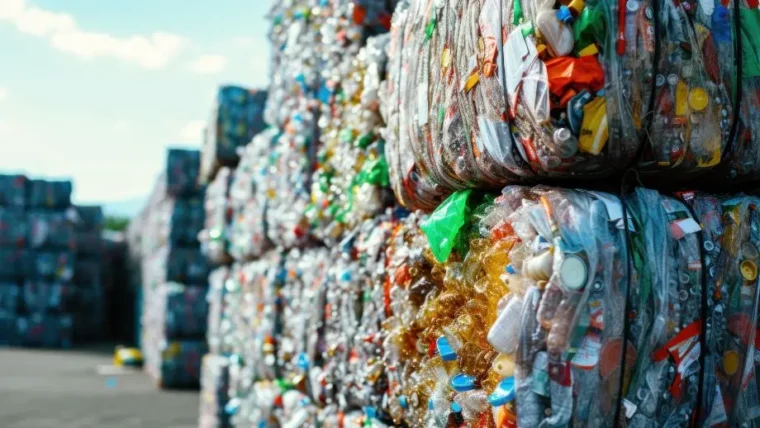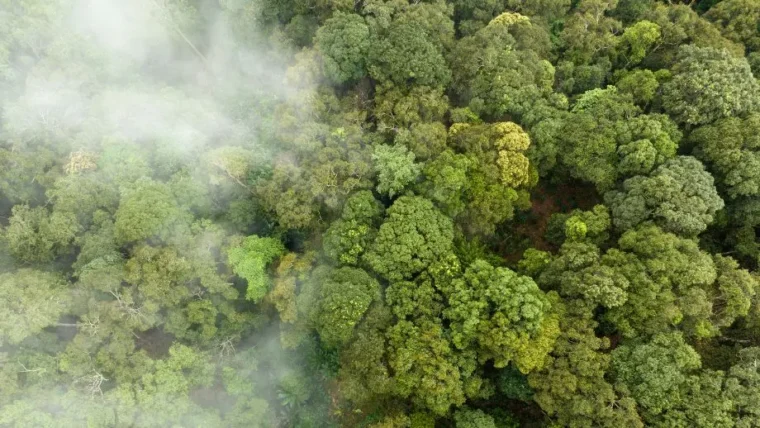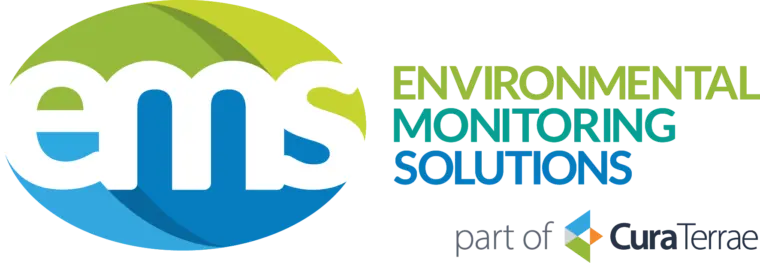How is Artificial Intelligence Making Wastewater Applications Smarter – blog 2
29 November 2017

Many applications of artificial intelligence in the water sector have remained academic, rather than being operationalised. In the last 5 years or so this has changed. AI applications are offering new possibilities and efficiencies to water operators.
In last week’s blog, we looked at what the term ‘artificial intelligence’ encompasses. We are going to take a closer look at the different forms of artificial intelligence which we previously outlined, and what makes them different/more applicable to certain practices.
What are the different types of artificial intelligence?
The main distinction here is between “weak AI”, more usefully termed “narrow AI”, and “strong AI”. This is a distinction between non-sentient machine intelligence used for a narrow task, and sentient machine intelligence with consciousness and mind. The latter remains hypothetical.
People have extended the “strong AI” definition by talking about “artificial general intelligence” (AGI), where a machine has the ability to apply intelligence to any problem. AGI is generally taken as meaning to be at least as smart as a human. Superintelligence is beyond this, referring to AI which surpasses the brightest human intelligence.
However, strong AI isn’t on the horizon and isn’t currently relevant to the water industry. Narrow AI is coming into use in the water industry, and is likely to come into further use in many more applications in the near future.
Approaches
Narrow AI can be usefully classified by approach, and this tends to be what is done in the water industry. The approaches commonly used in the water industry are all branches of soft computing, which can be usefully broken down at a high level as follows:
1. Machine Learning
- The field of computer science that gives computers the ability to learn without being explicitly programmed (Koza et al, 1996)
- Includes artificial neural networks
2. Fuzzy Logic
- The analysis of analogue input values in terms of logical variables that take on continuous values between 0 and 1, in contrast to classical or digital logic, which operates on discrete values of either 1 or 0 (true or false, respectively) (Pedrycz, 1993, Hájek, 1998)
- Or (more digestibly) : logic to deal with concepts that cannot be expressed as the “true” or “false” but rather as “partially true”
3. Evolutionary Computation
- Optimisation algorithms inspired by biological evolution; they use candidate solutions in population-based trial-and-error computations.
- These algorithms commonly include genetic algorithms, ant colony, and particle swarm optimisations
4. Probabilistic Methods
- probabilistic models such as Bayesian networks and Markov chain models have been applied to water industry phenomena such as pipe failure
- However, this is less recognised as AI and is more traditionally recognised as applied statistics
“Chaos Theory” and “Creative Computing” are the other branches of soft computing but are not discussed here, where we are focussing on AI in the water industry. Before considering the above-identified forms of narrow AI in the water industry, it is worth considering how we encounter them in our everyday lives:
Artificial Neural Networks
- Speech recognition commonly uses artificial neural networks (and Markov chain) algorithms in their operation
- Image recognition for medical diagnostics and smartphone apps that can recognise everyday objects are based on artificial neural networks
Fuzzy Logic
- Automated gear transmission systems use several variables (speed, acceleration, throttle opening, rate of change of throttle opening, engine load) and weight each of these in a fuzzy aggregate to decide on gear changes
- Antilock brakes, with wheel circumferential speed and vehicle speed as input variables
- Interpretation of handwriting
- Washing machines, which sense the load size, detergent amount and then track water turbidity and make decisions on this
- Television: ambient lighting, time of day and so on to adjust parameters such as screen brightness, colour, contrast and sound
- Criminal search systems: combining photo and descriptive analysis (tall, young)
- CGI – huge scale armies created to have random yet orderly movements
Genetic Algorithms
- Mostly used “off-line” in design applications – Brainz published a useful list of 15 applications: https://www.brainz.org/15-real-world-applications-genetic-algorithms/
- g. aircraft wing design
- g. optimising trading strategies
- g. product design to fit the market
Understanding how and where AI can be applied is important. There is no doubt that efficiency and benefits can be achieved.
In next week’s blog; we will look in more detail at how these AI approaches can be used in the water and wastewater industry.
References
Hájek, P. (1998). Metamathematics of fuzzy logic (4 ed.). Springer Science & Business Media.
Koza, J.R., Bennet, F.H., Andre, D., Keane, M.A. (1996). Automated Design of Both the Topology and Sizing of Analog Electrical Circuits Using Genetic Programming. Artificial Intelligence in Design ’96. Springer, Dordrecht. pp. 151-170
Pedrycz, W. (1993). Fuzzy Control and Fuzzy Systems (2 ed.). Research Studies Press Ltd.









